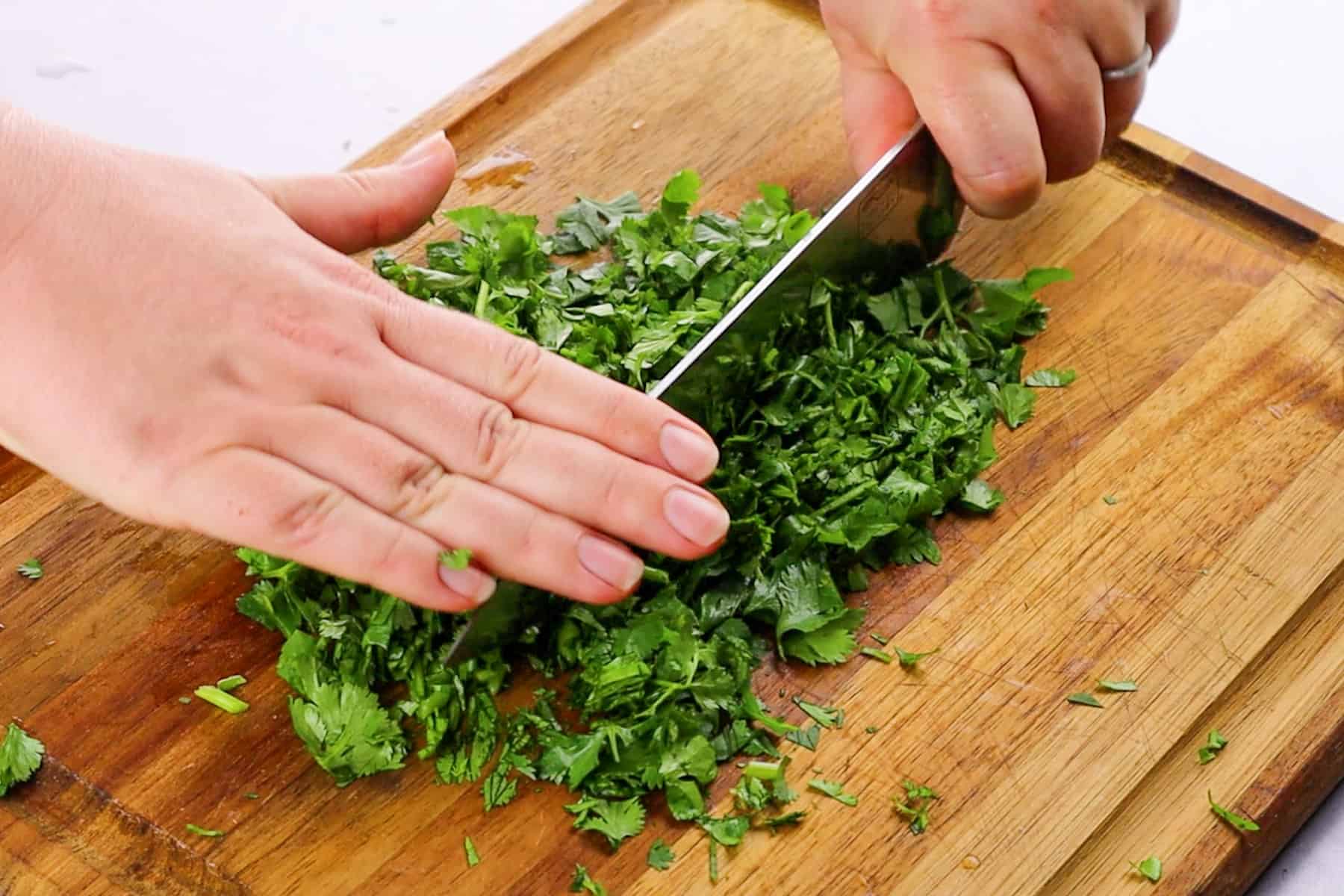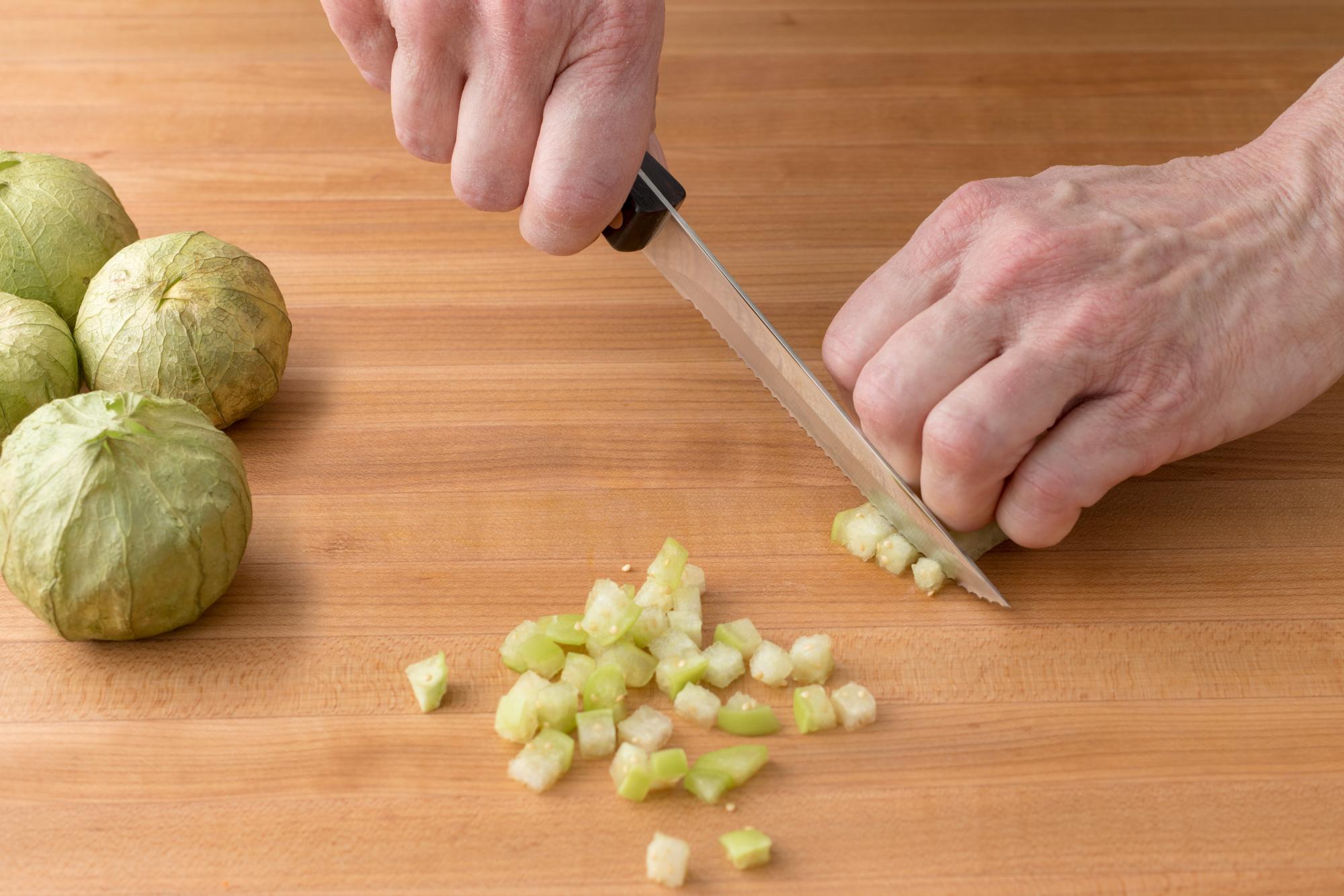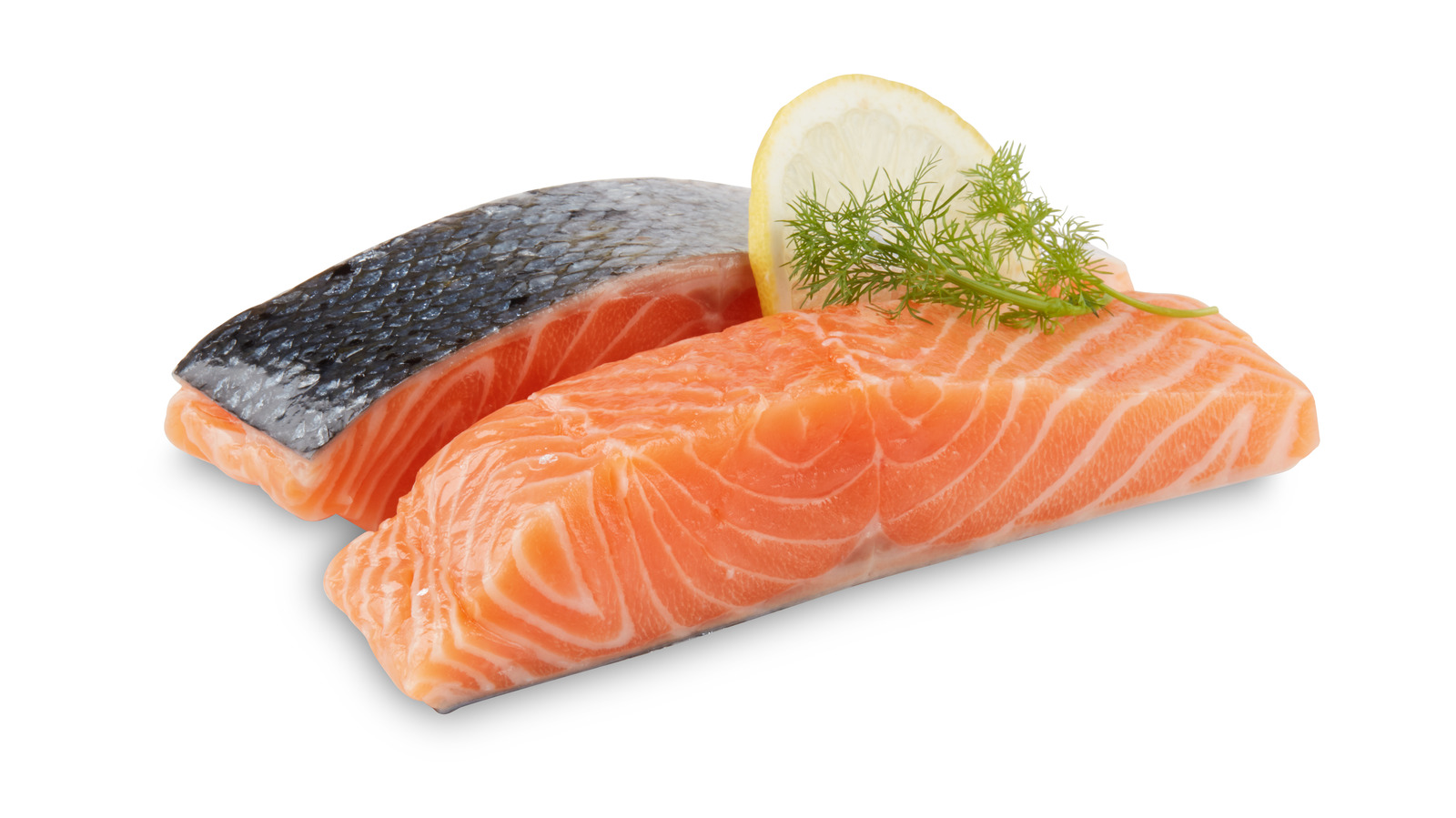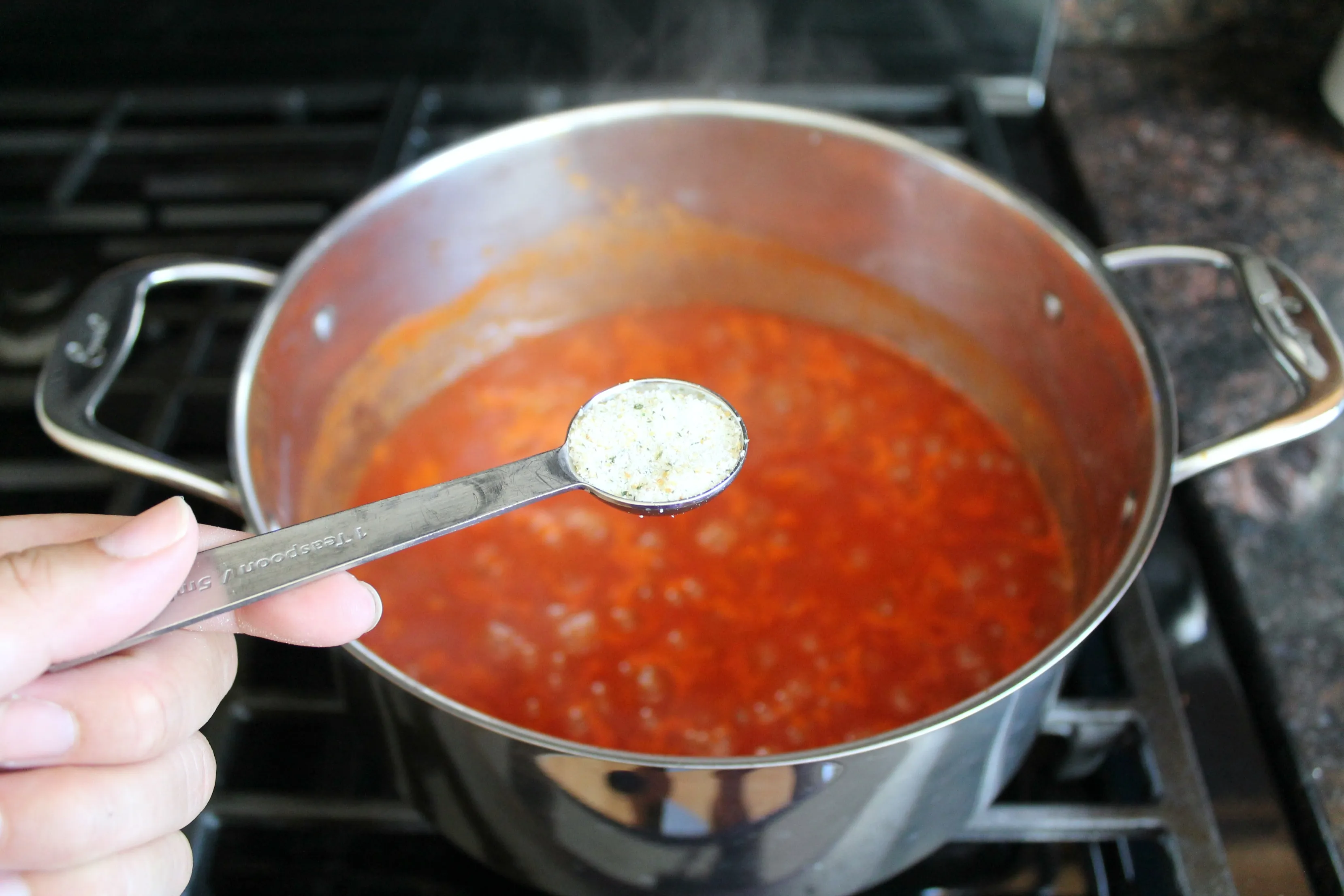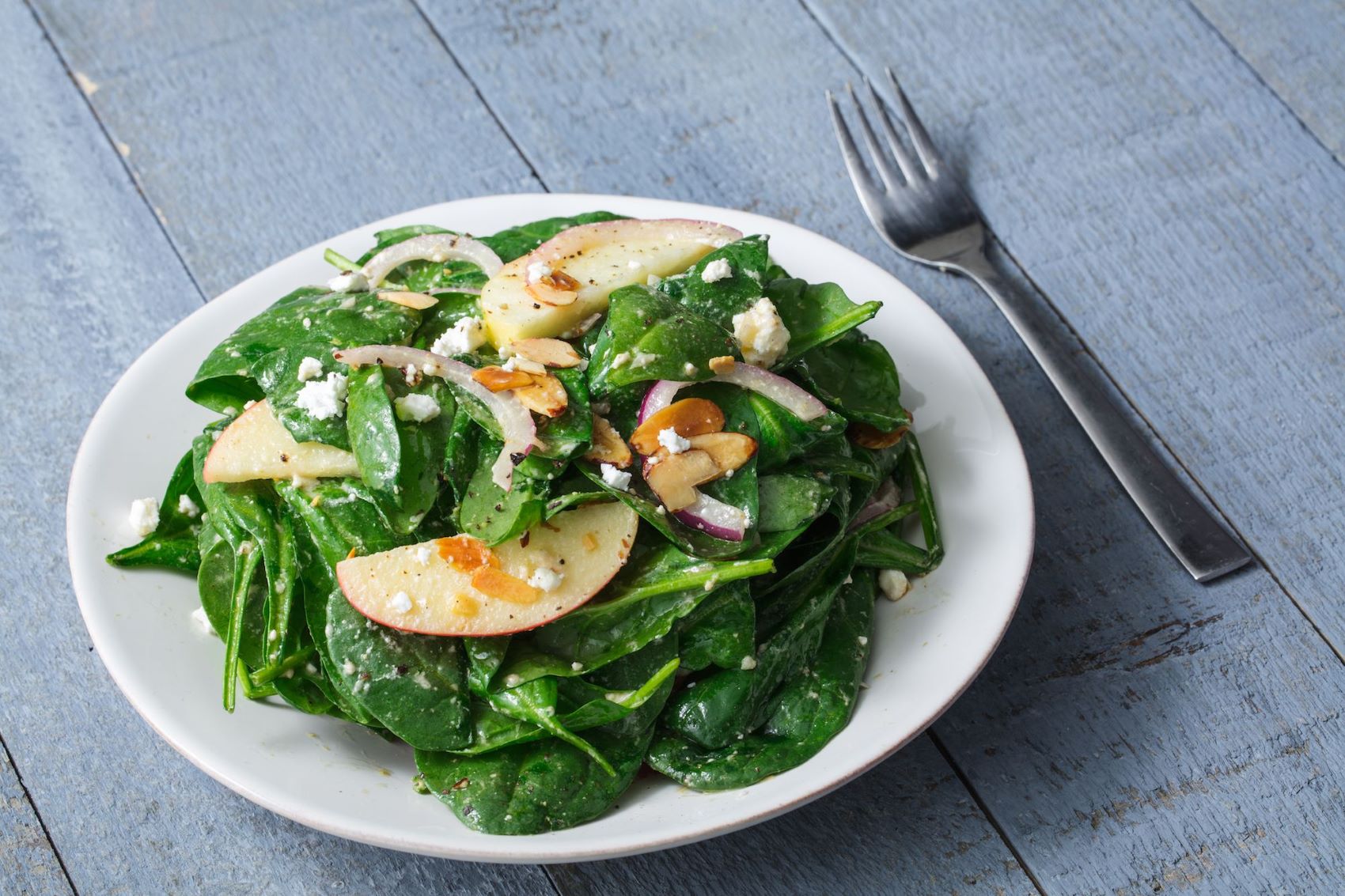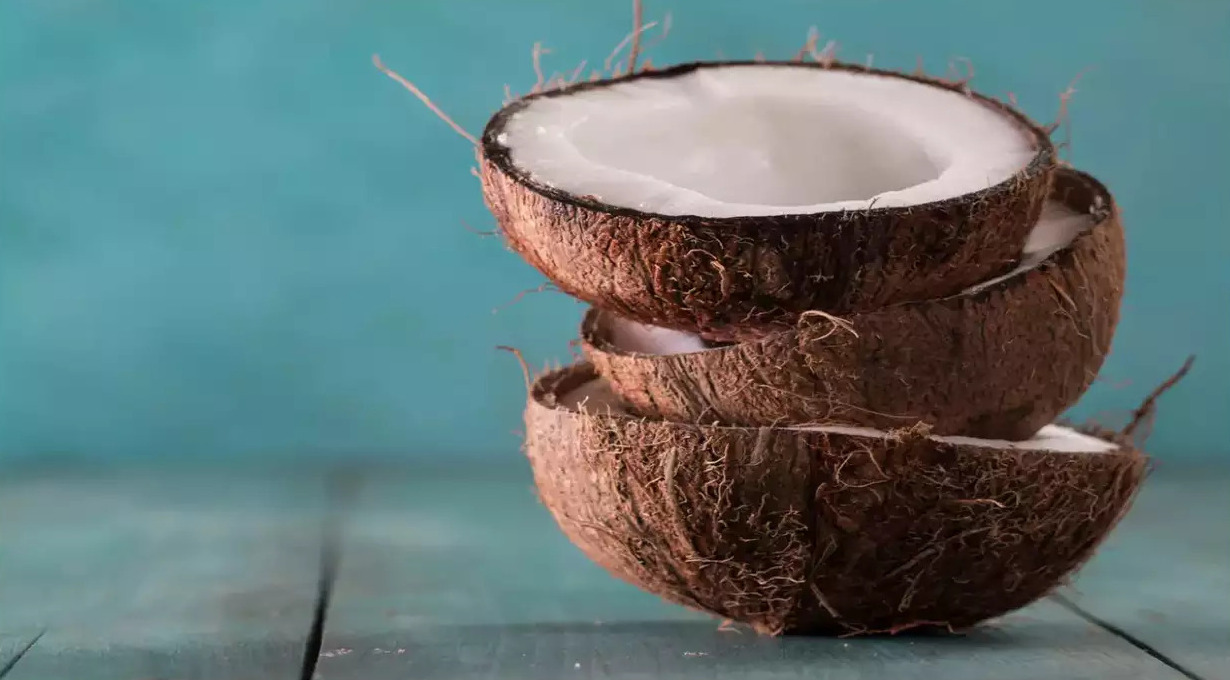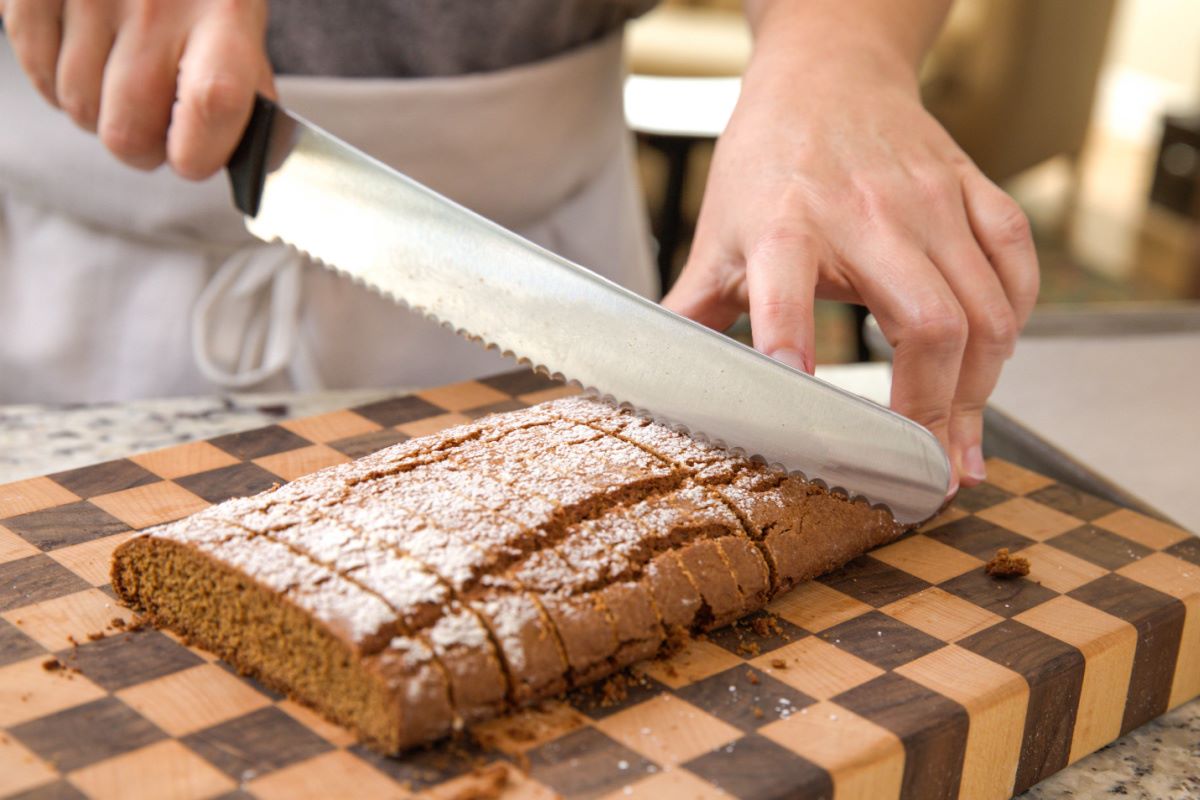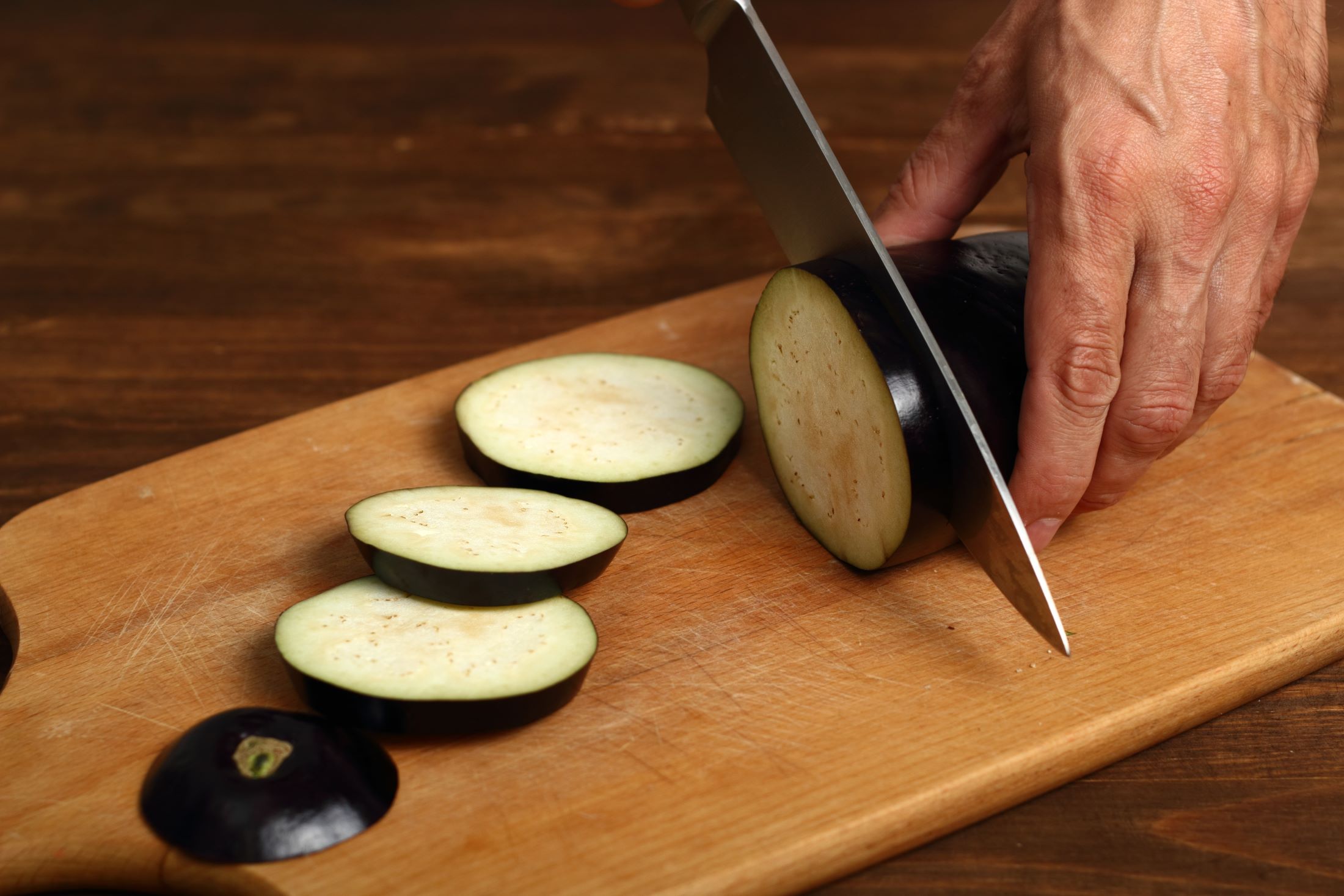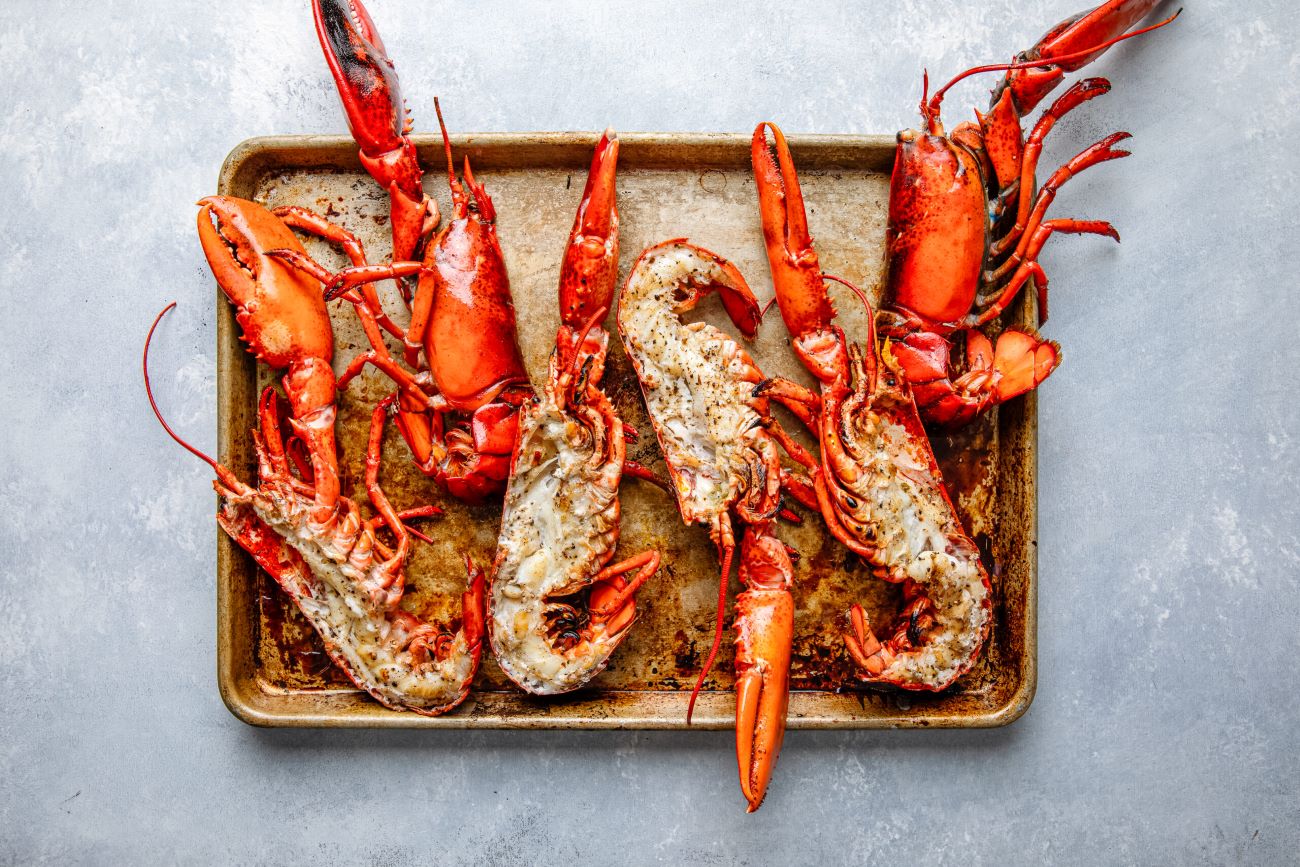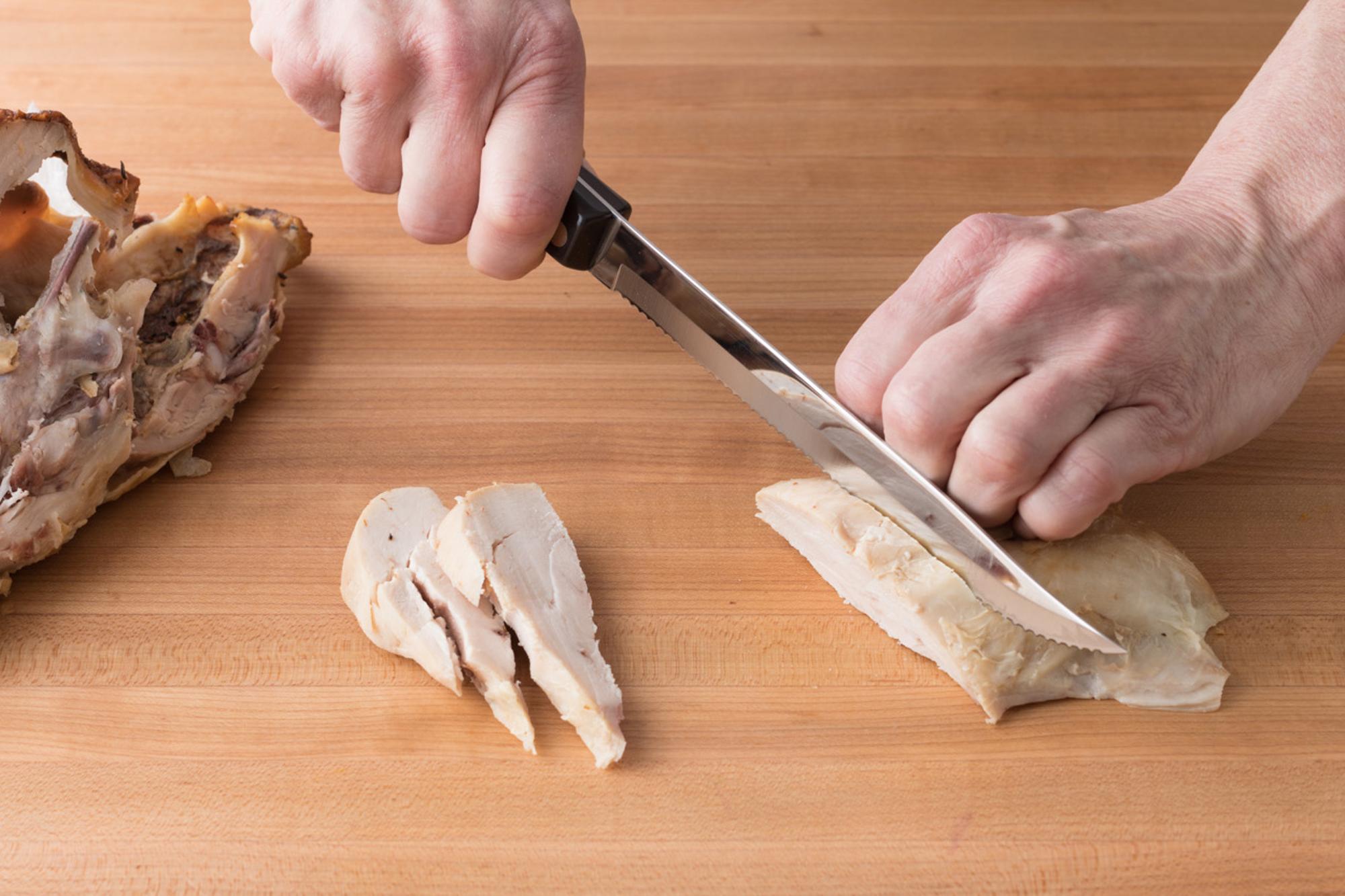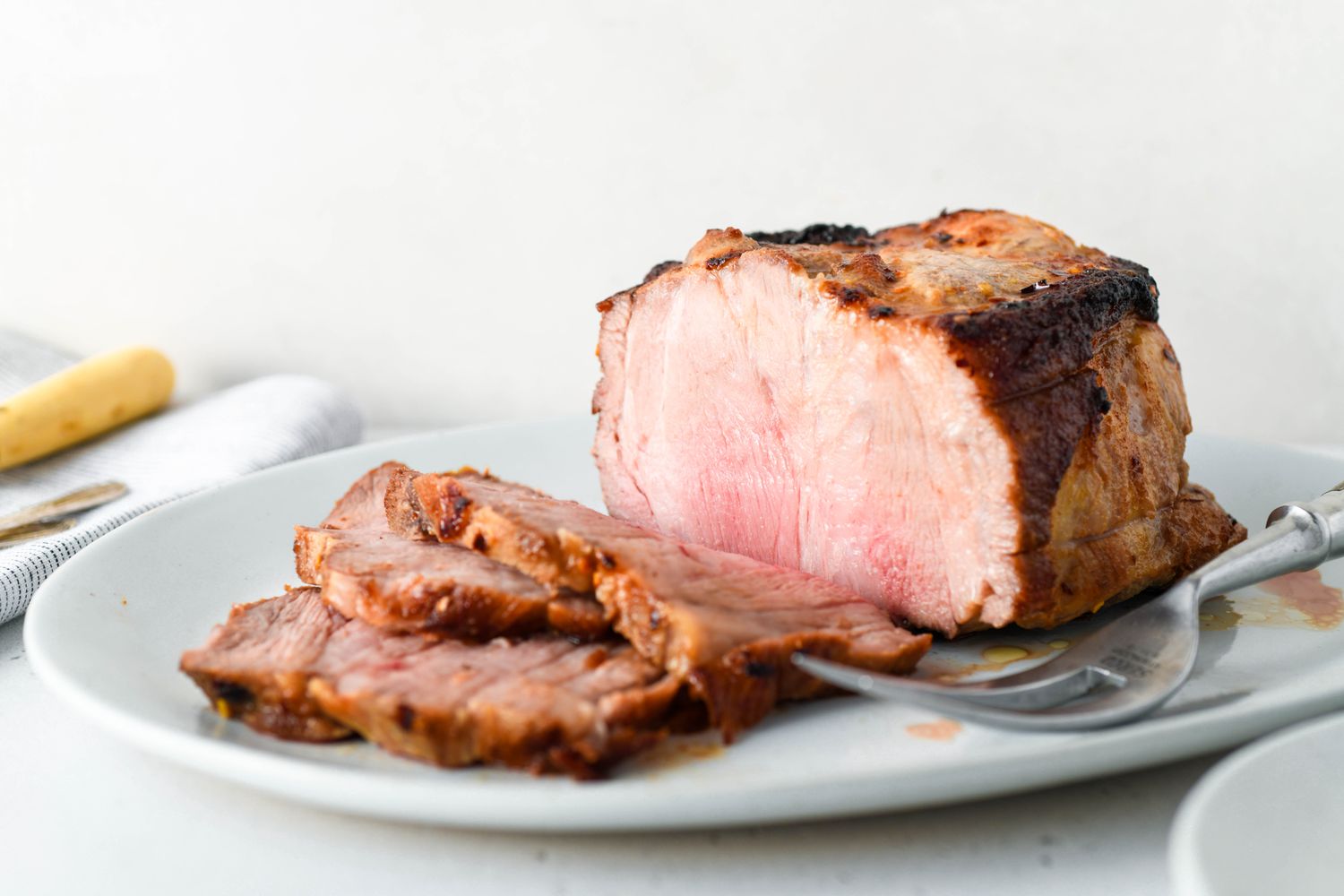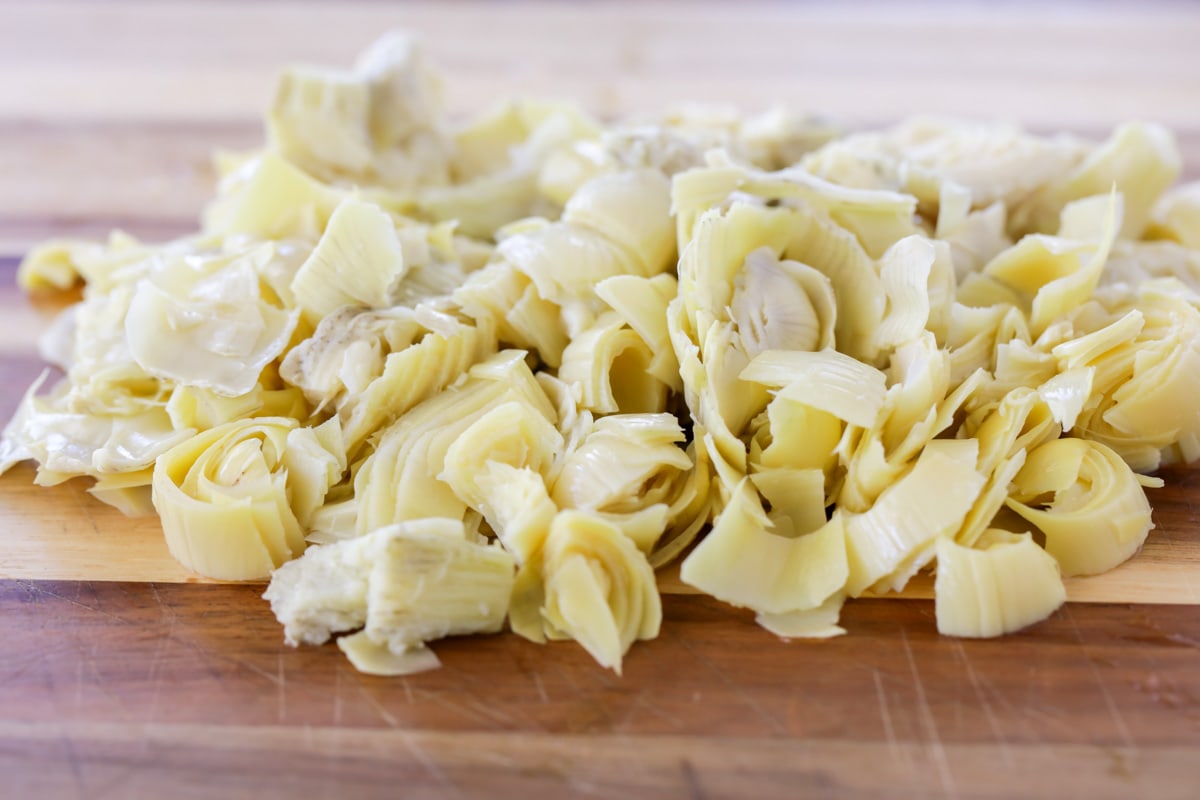How To Cut Food For Baby: A Comprehensive Guide
Introducing solid foods to your baby is an exciting milestone, but it can also be a little overwhelming. As a parent, you want to ensure that your little one is getting the nutrition they need while also making sure they can handle the texture of the food. One important aspect of introducing solid foods is learning how to cut food for your baby. In this guide, we will walk you through the process of cutting food into appropriate sizes for your little one.
1. Choose the Right Tools:
- Sharp knife: Invest in a good quality sharp knife that will make cutting easier and safer.
- Cutting board: Use a sturdy and clean cutting board to provide a stable surface while cutting.
- Fork or masher: Depending on the consistency of the food, you may need to mash it with a fork or masher.
2. Start with Soft Foods:
When introducing solid foods, it’s best to start with soft foods that are easy to chew and digest. Examples include steamed vegetables, soft fruits like ripe bananas, avocado, or cooked pasta. These foods are less likely to pose a choking hazard.
3. Cut into Age-Appropriate Sizes:
The size and shape of the food you cut for your baby will depend on their age and developmental stage. Here are some general guidelines:
- 6–9 months: Cut the food into small, bite-sized pieces (about the size of a pea) to prevent choking.
- 9–12 months: Cut the food into slightly larger pieces, around the size of a cherry tomato, to encourage self-feeding.
- 12+ months: Gradually increase the size of the food, moving towards adult-sized portions, as your baby develops their chewing skills.
4. Pay Attention to Texture:
As your baby progresses in their solid food journey, they will be able to handle a greater variety of textures. Initially, pureed or mashed foods are easier to eat. However, as they grow, introduce soft, diced foods to help them develop their chewing skills. Eventually, they will be able to handle foods with more texture, such as small pieces of cooked chicken or finely chopped veggies.
5. Be Mindful of Allergens:
When introducing new foods to your baby, it’s important to be aware of common allergens and introduce them one at a time. This will help you identify any potential allergies or sensitivities. Examples of common allergenic foods include peanuts, tree nuts, eggs, wheat, soy, and dairy products. If you have a family history of allergies, consult with your pediatrician before introducing these foods.
6. Always Supervise:
When your baby begins to feed themselves, always supervise them to ensure they are chewing and swallowing safely. It’s also important to create a calm and distraction-free environment during mealtime to avoid any accidents.
By following these tips and guidelines, you can make mealtime a safe and enjoyable experience for your baby. Remember, every child is different, so always consult with your pediatrician for specific recommendations based on your baby’s age, developmental stage, and any special dietary needs they may have.
Happy food cutting and happy feeding!
Was this page helpful?
Read Next: How To Cut A Baby Watermelon
